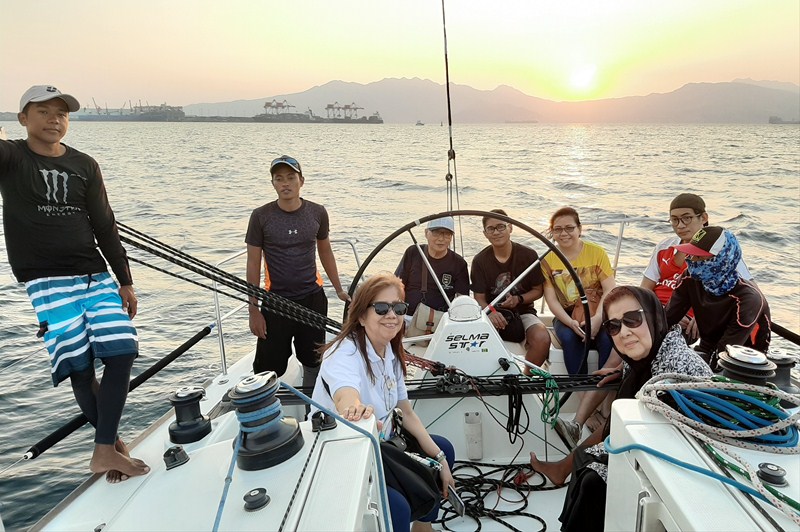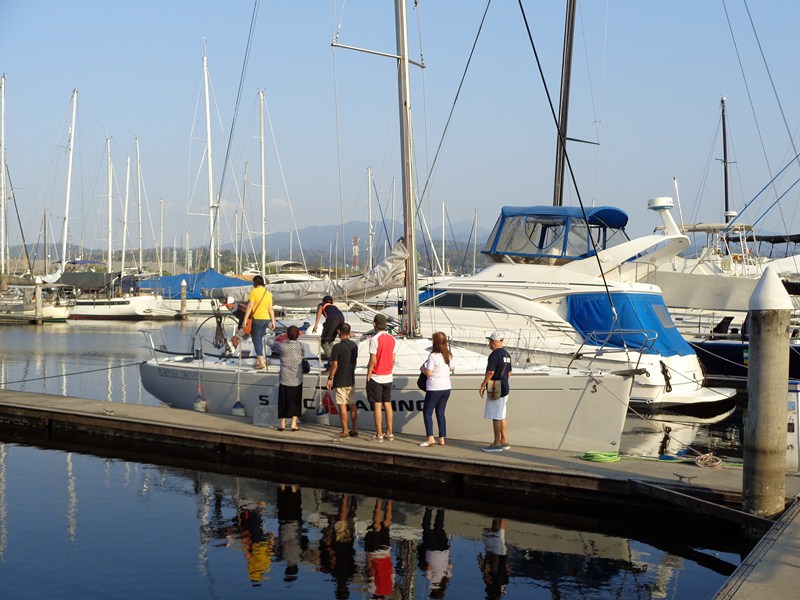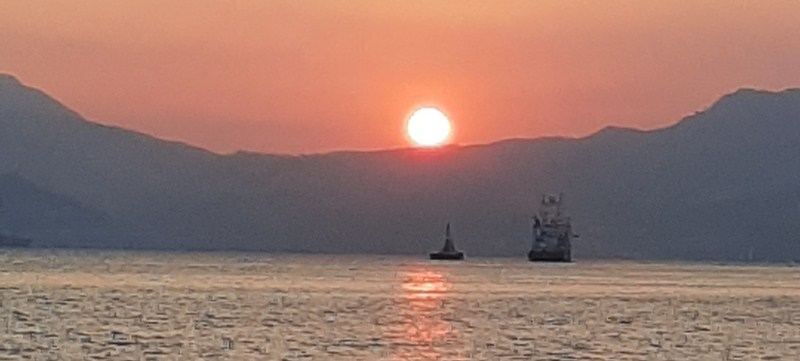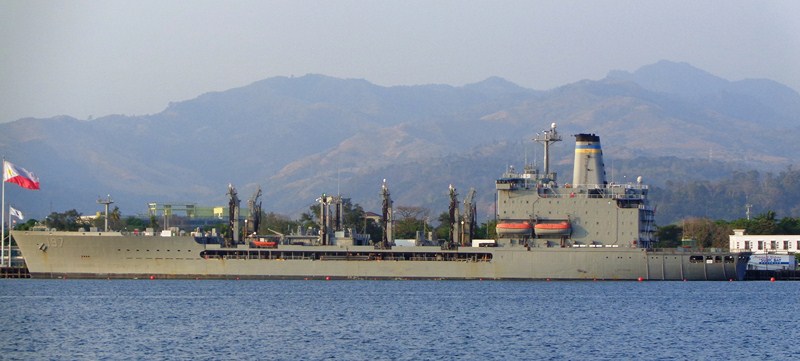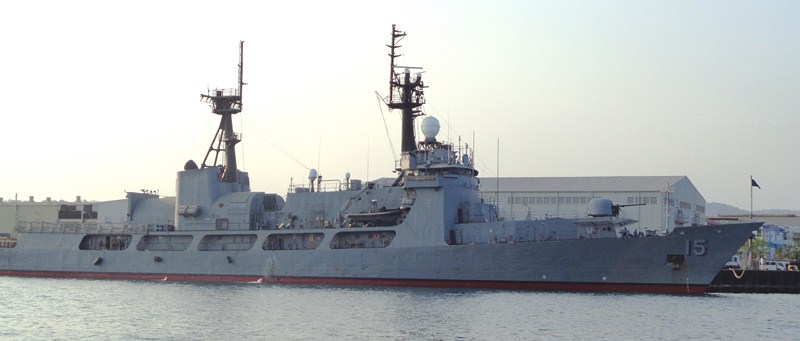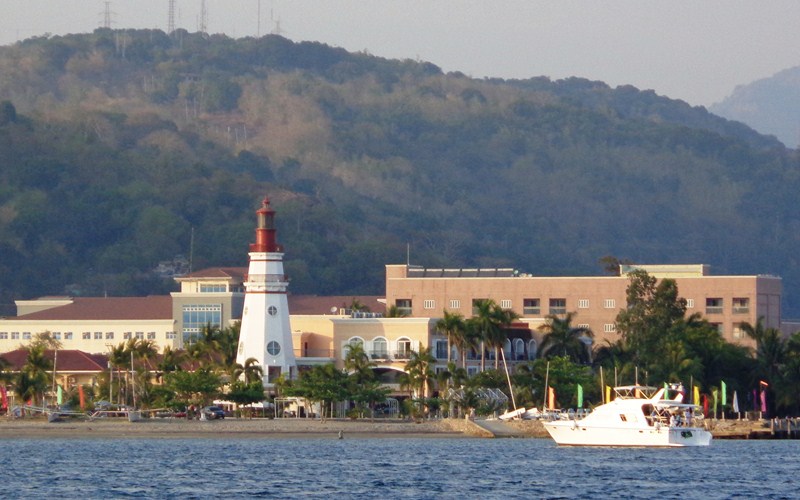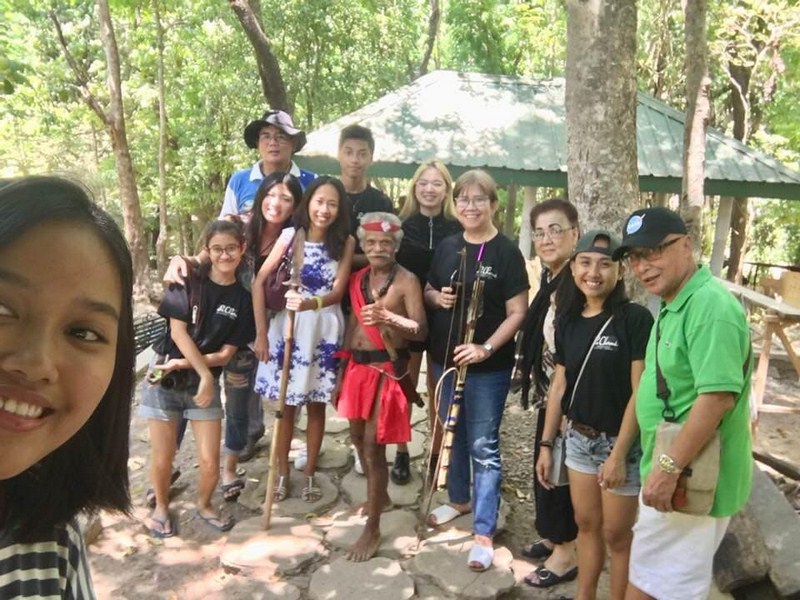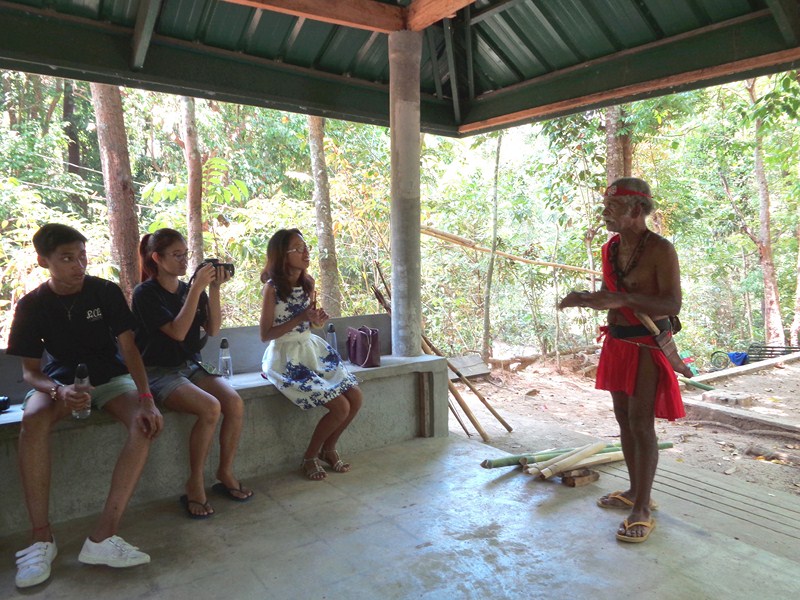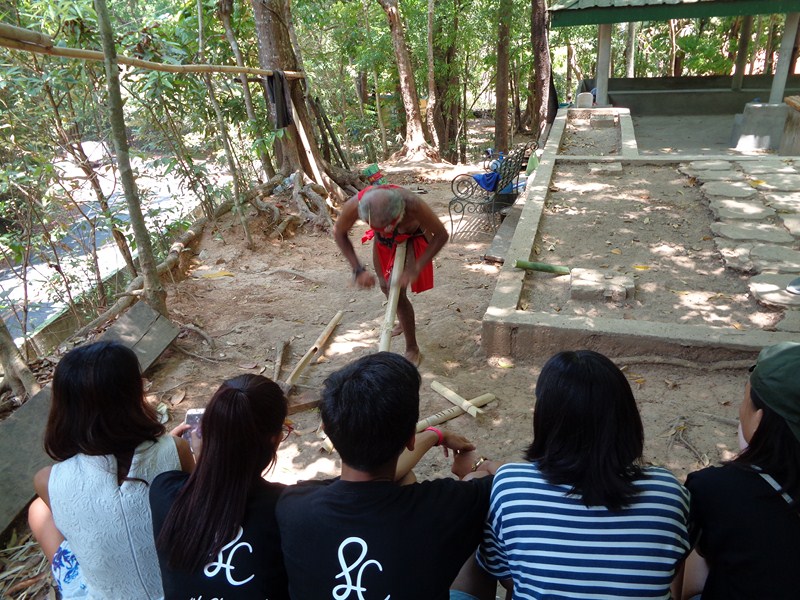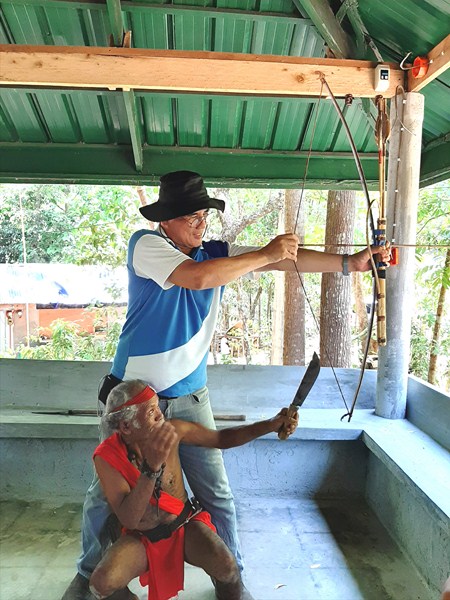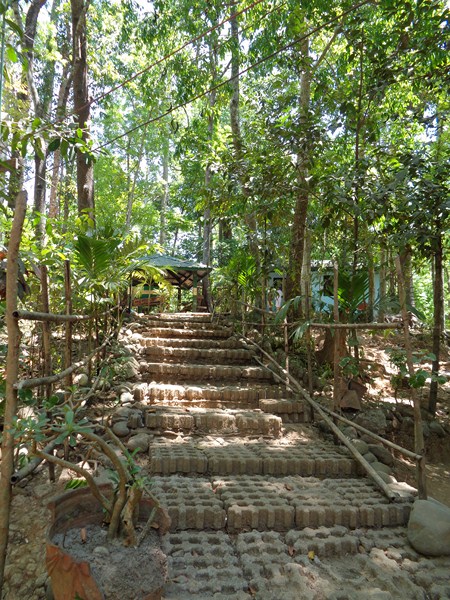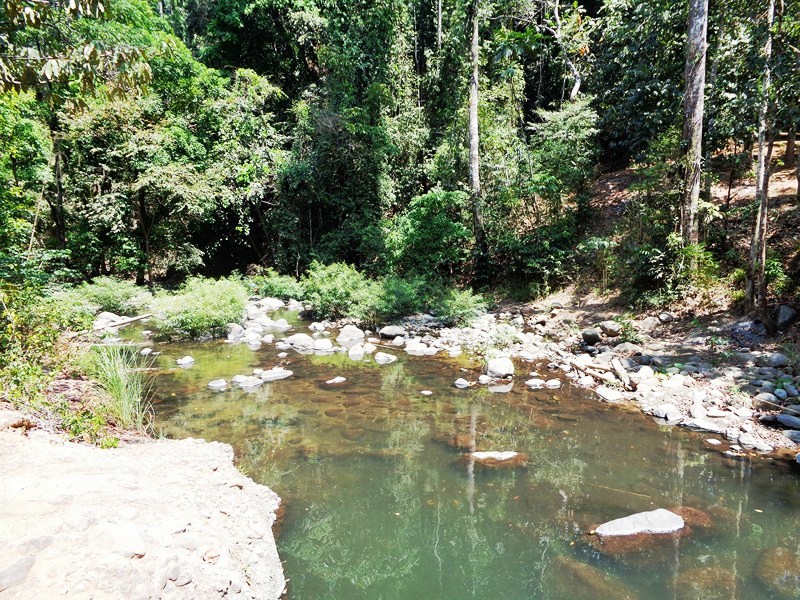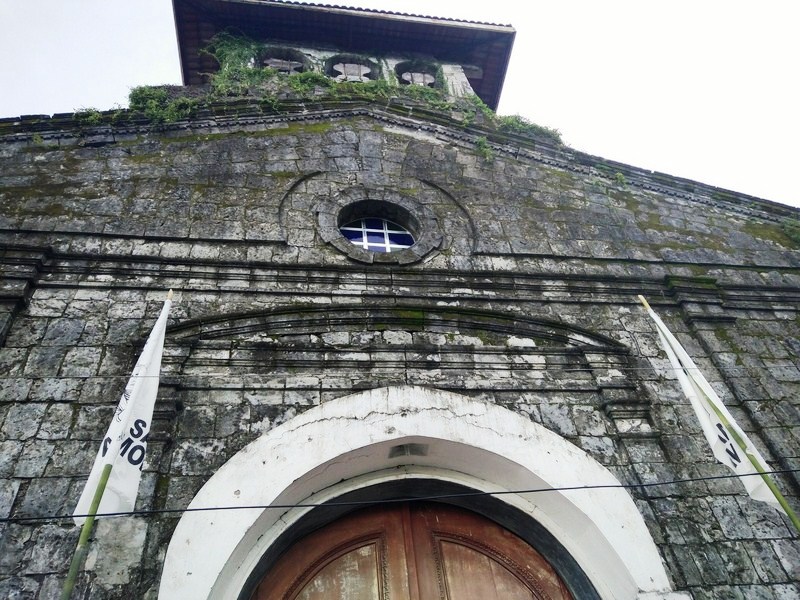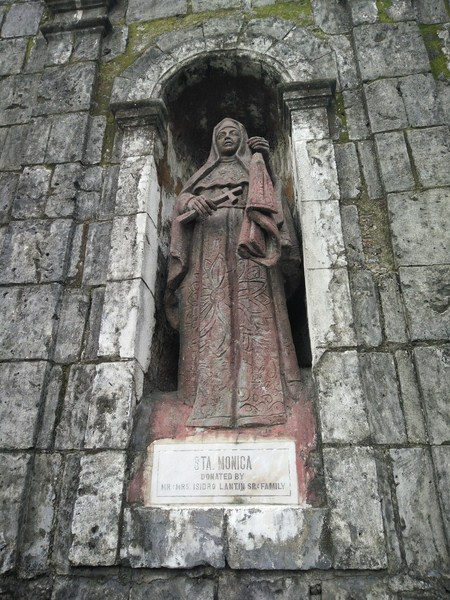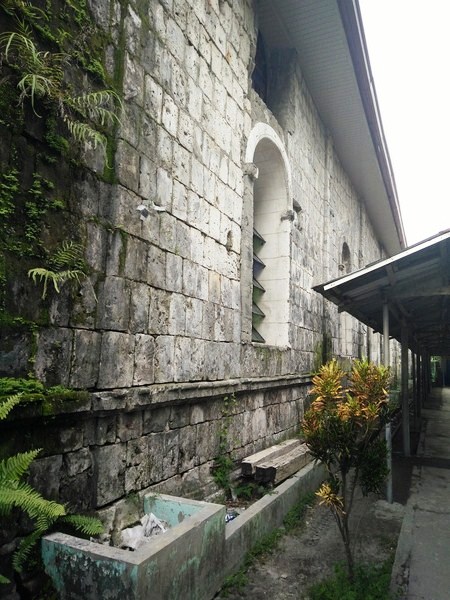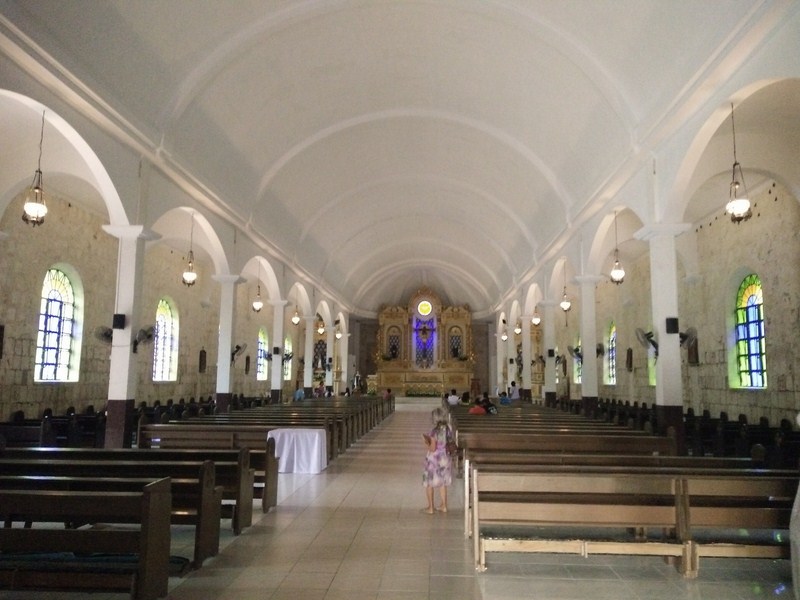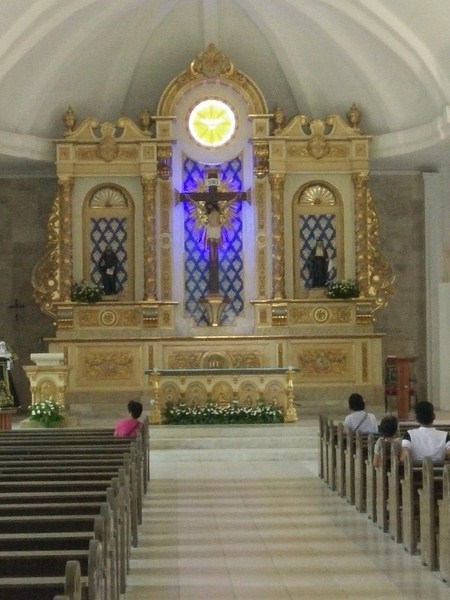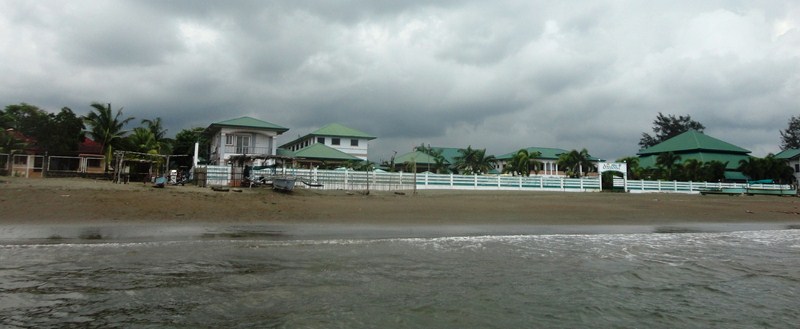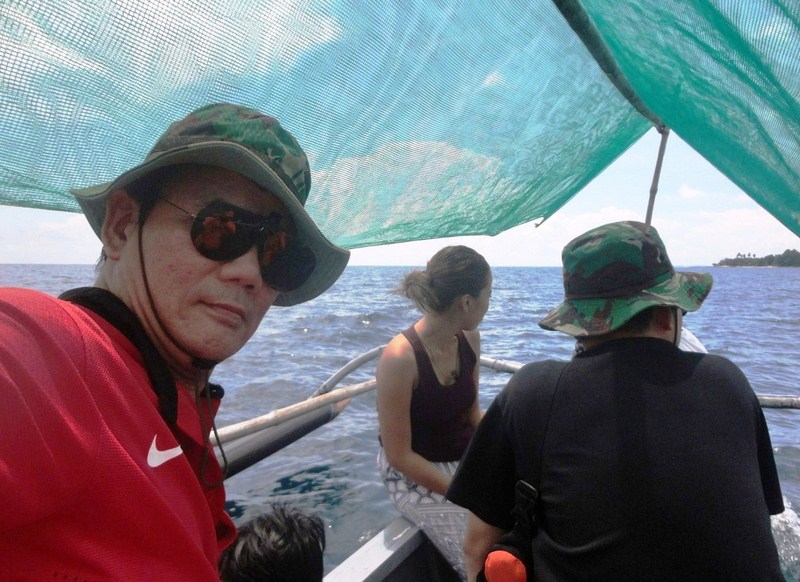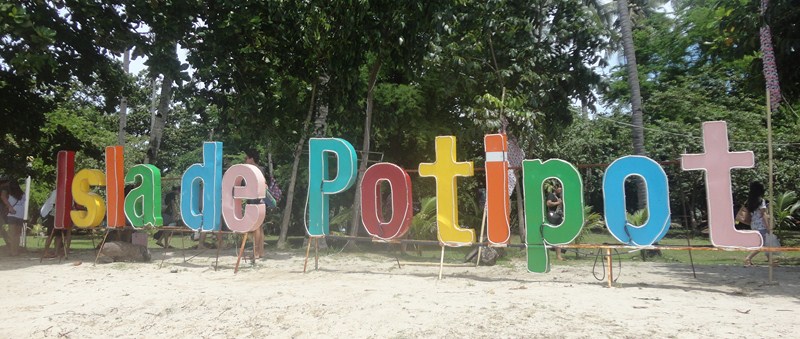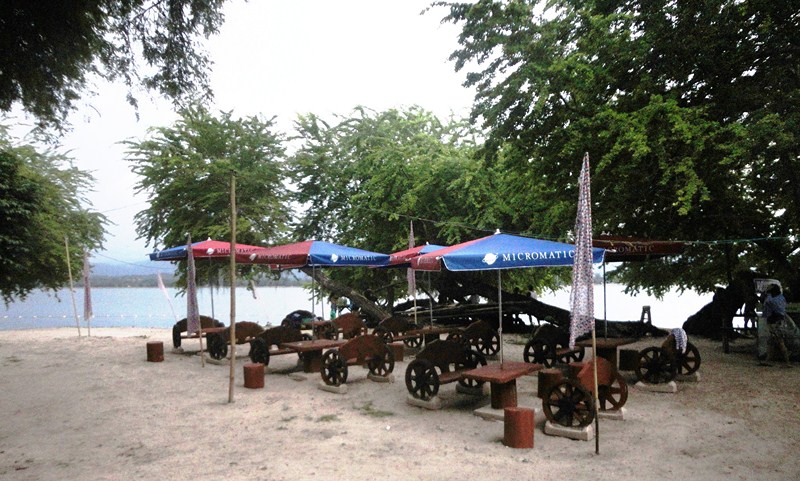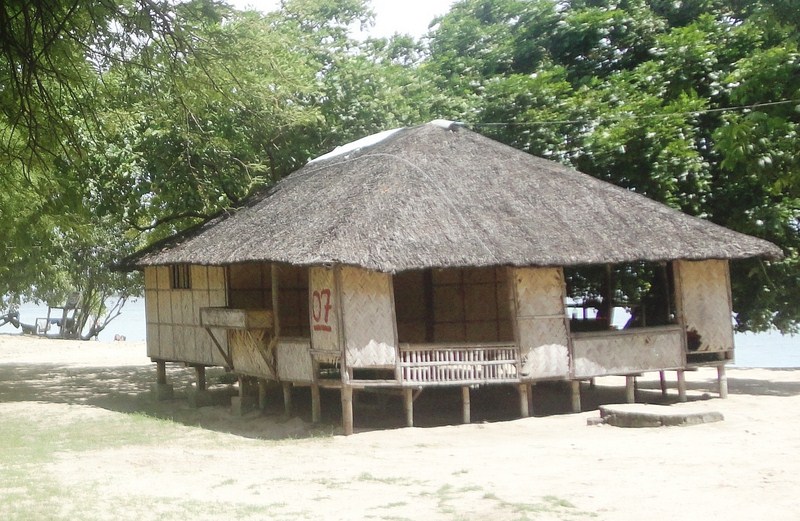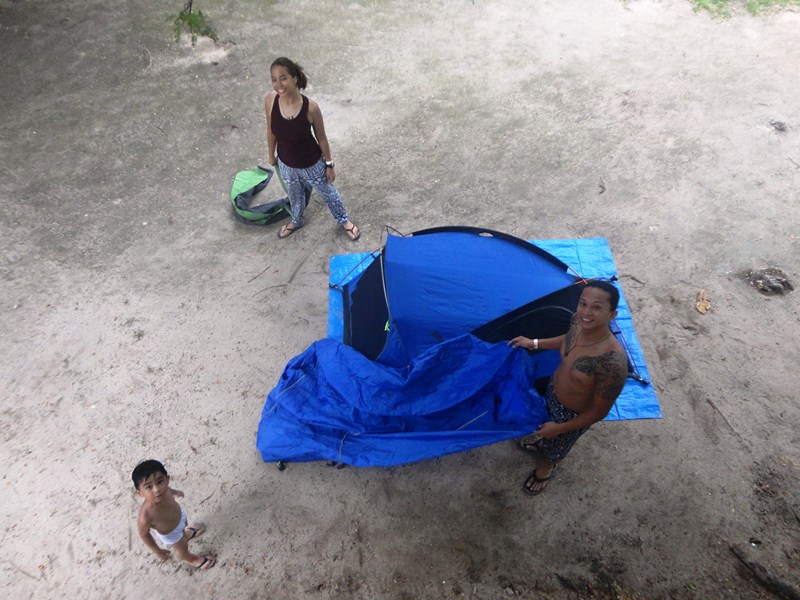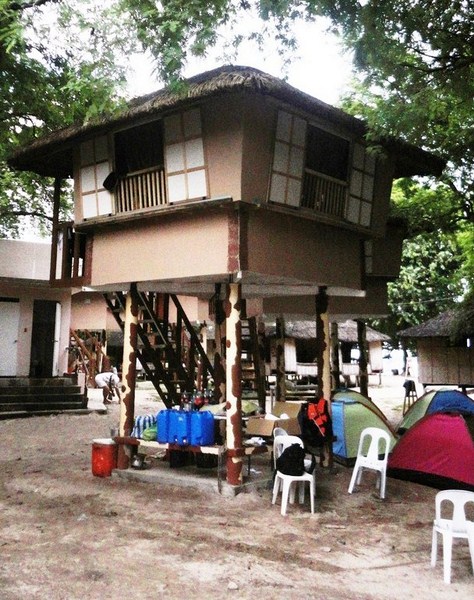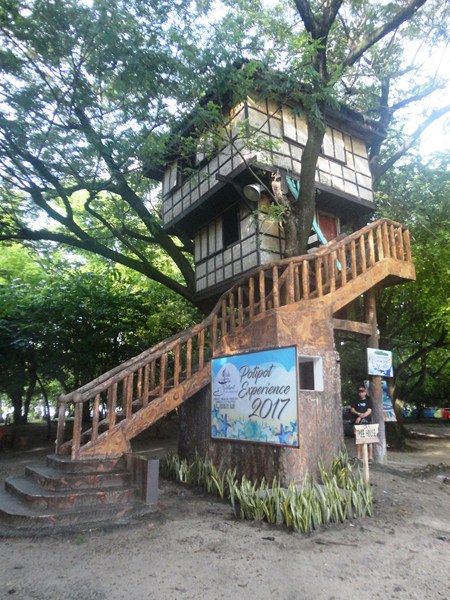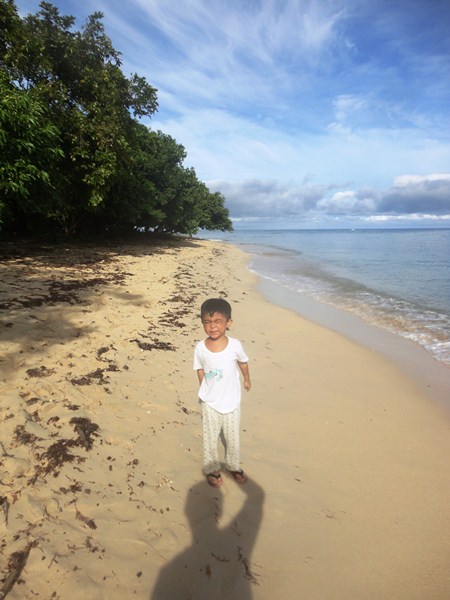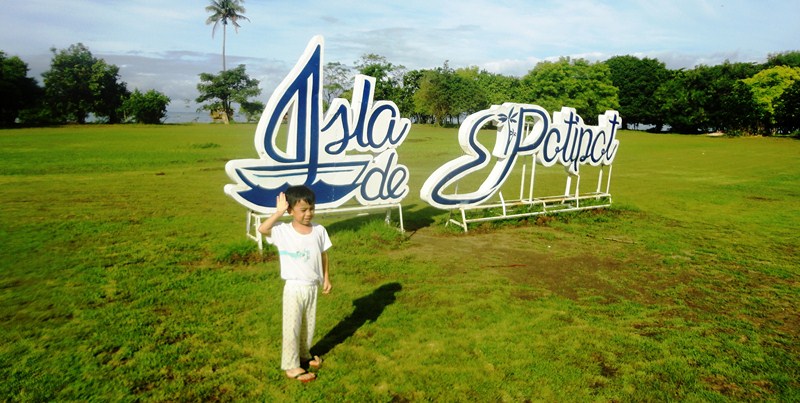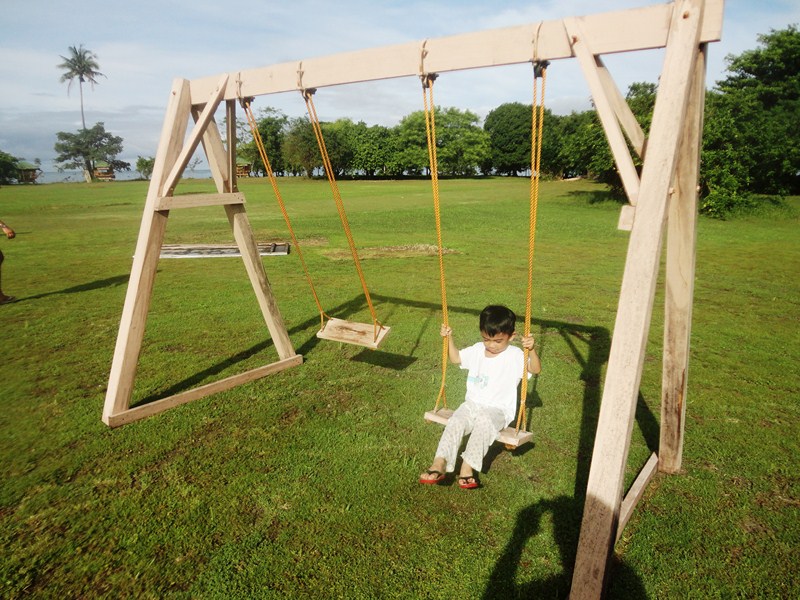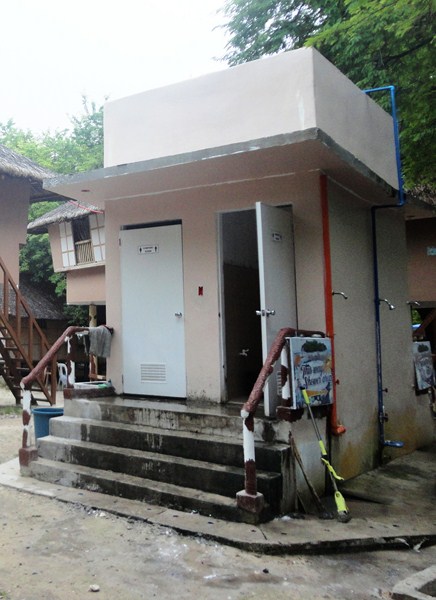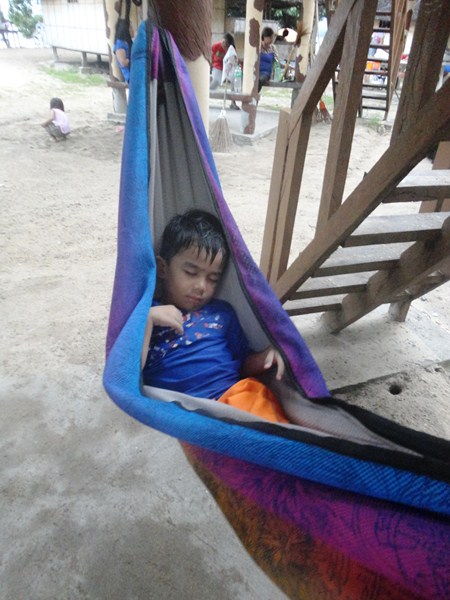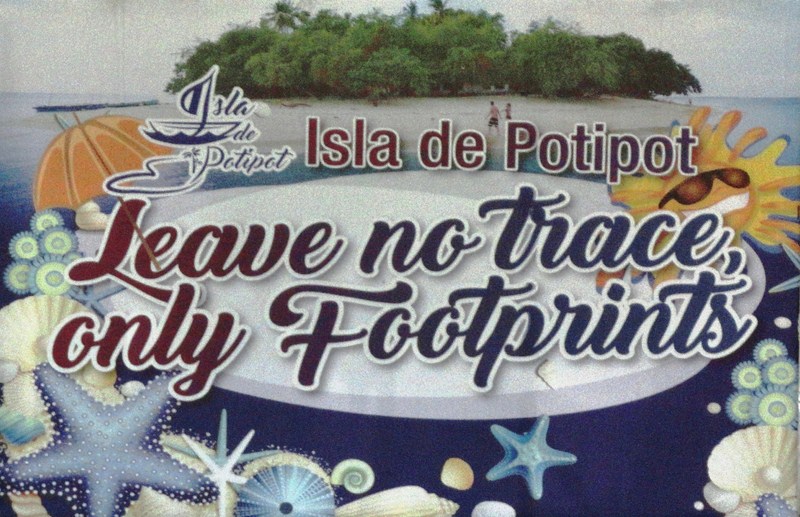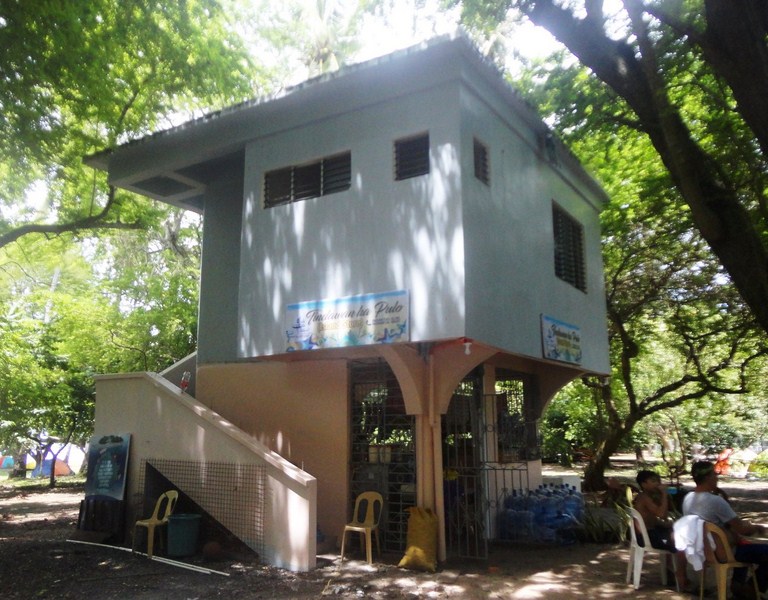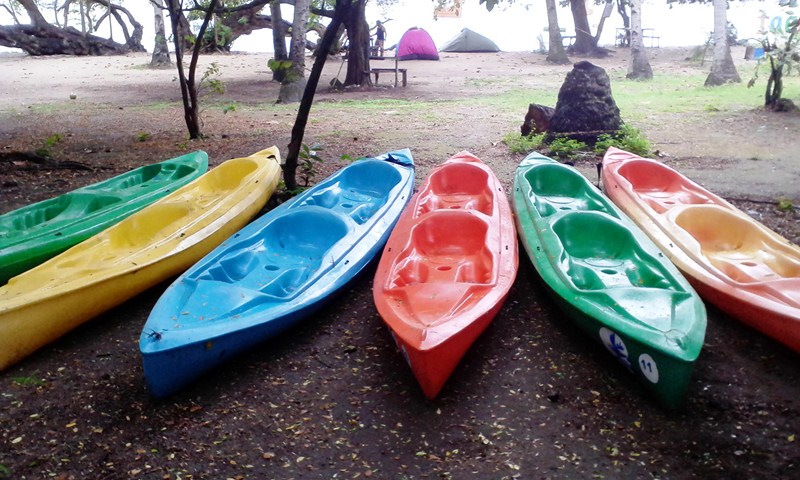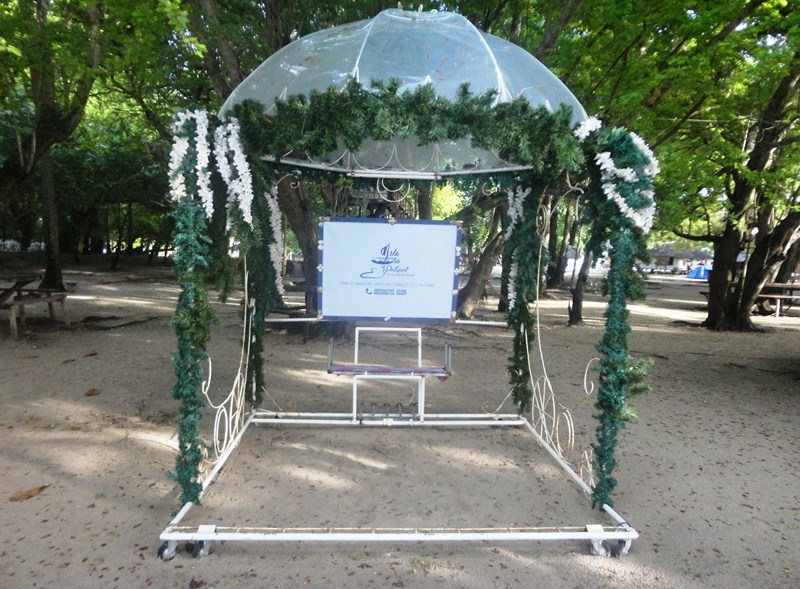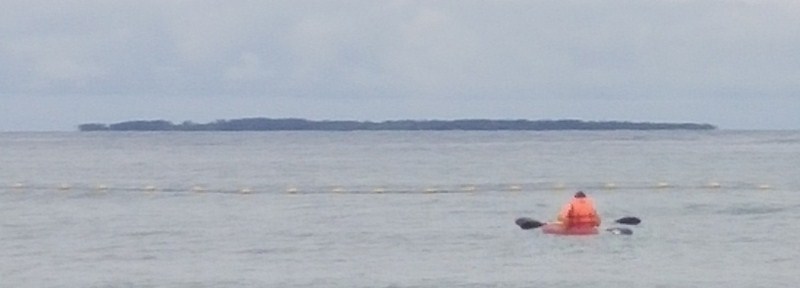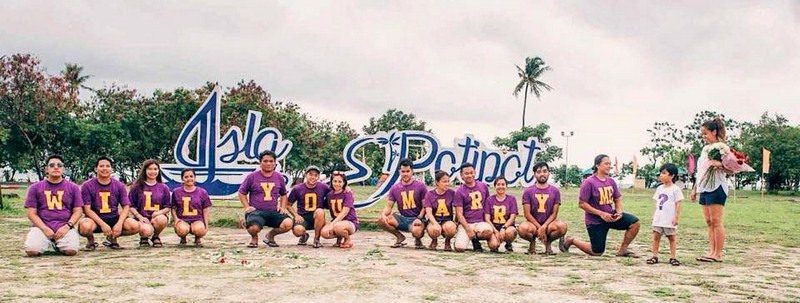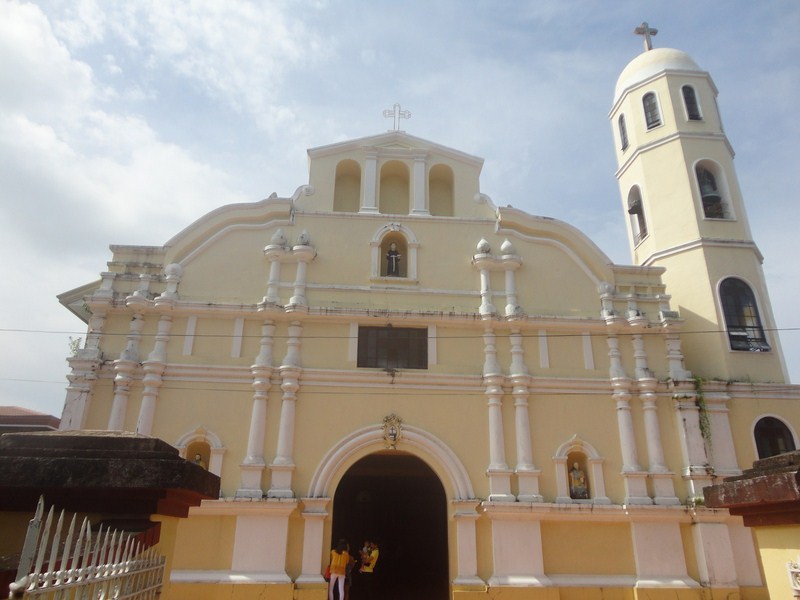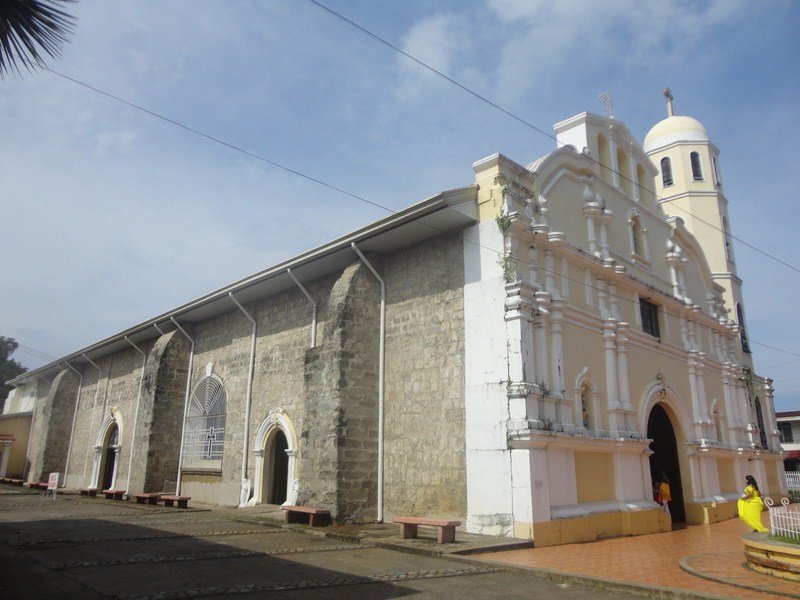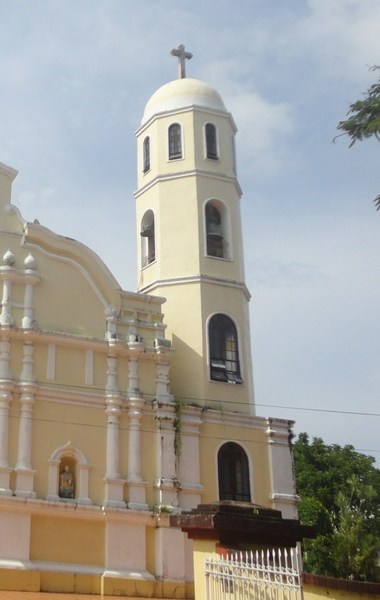After lunch at Shabu Shabu and checking in at Le Charme Suites Subic, we proceeded to the nearby Subic Bay Yacht Club (SBYC) where we were to be treated to an hour-long sunset cruise on board the SBYC-based Selma Star C! Calibre, a yacht owned and skippered by Lighthouse Marina Resort president Jesus “Jun” Avecilla, Jr.
Check out “Hotel and Inn Review: Le Charme Suites Subic,” “Resort Review: Subic Bay Yacht Club Resort,” and “Hotel and Inn Review: Lighthouse Marina Resort“
This 36.7-footer Beneteau cruiser racer yacht, helmed by Jun and co-captained by former Subic Bay Yacht Club commodore Ricky Sandoval, is a five-time winner of the Borneo International Yachting Challenge in Kota Kinabalu, Malaysia, regarded as a top sailing event organized by the Malaysian Yachting Association which promotes Borneo as a global watersports mecca.
It won its first crown in 2007 and then posted an unprecedented fifth straight overall championship in the 8th Borneo International Yachting Challenge held recently in the Malaysian states of Sarawak and Sabah.
Bucking unpredictable sailing conditions and time handicaps as defending champion, the team topped the grueling 168-nautical mile race from Miri to Kota Kinabalu.
It was also the grand prize winner in the Singapore Straits Regatta in 2006 and the Manila-Boracay race in 2006 and 2008.
Though a sailing yacht, we left port with sails furled, using the yacht’s Volvo 29 HP diesel engine to get out at sea. Then, midway through the cruise, the sails were then unfurled.
We cruised past a variety of watercraft, from local wooden motorized outrigger boats, luxury yachts, sailboats, speedboats, dinghies, Philippine (BRP Gregorio del Pilar) and U.S (USNS Pecos, a Henry J. Kaiser-class underway replenishment oiler ) Navy ships and larger oceangoing vessels.
Of course, the piece de resistance of our cruise was the beautiful fiery sunset over the mountains of Zambales.
Le Charme Suites Subic: 2/F La Terraza Bldg. 1131 Palm St., Subic Bay Gateway District, Subic Bay Freeport Zone 2222, Zambales. Tel: (047) 250 3333. Mobile number: +63 915 933 8113. Website: www.lecharmehotels.com. E-mail: salesandmarketing@lecharmehotels.comand frontoffice@lecharmehotels.com.

